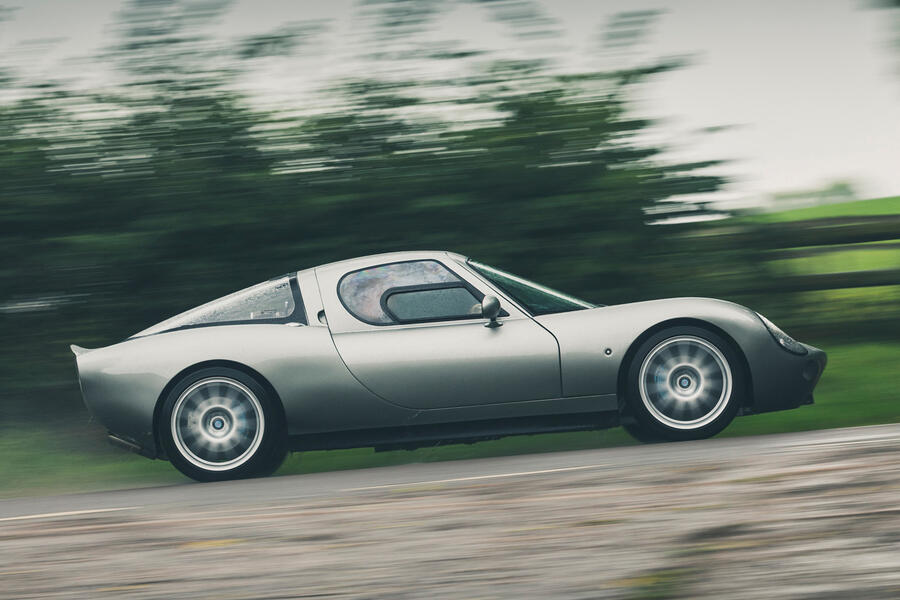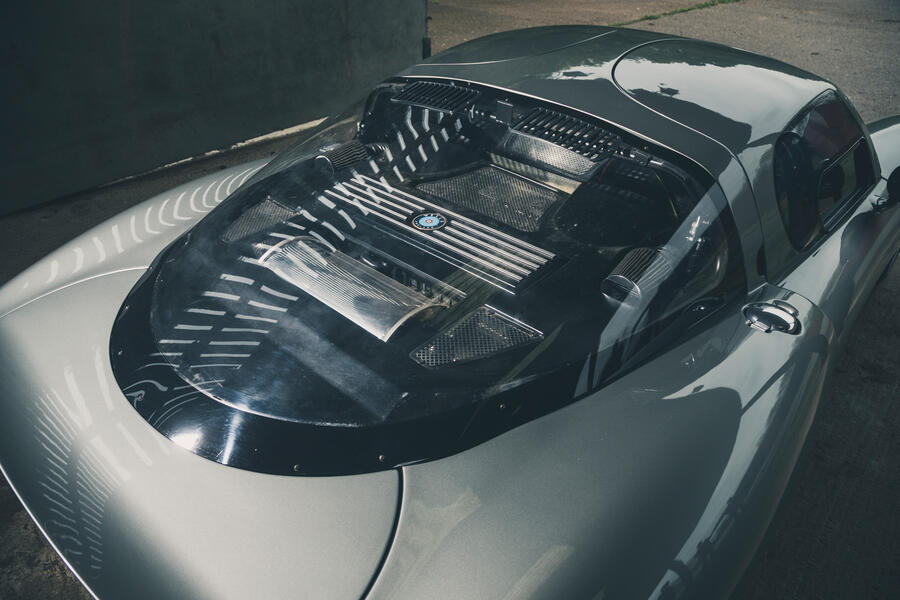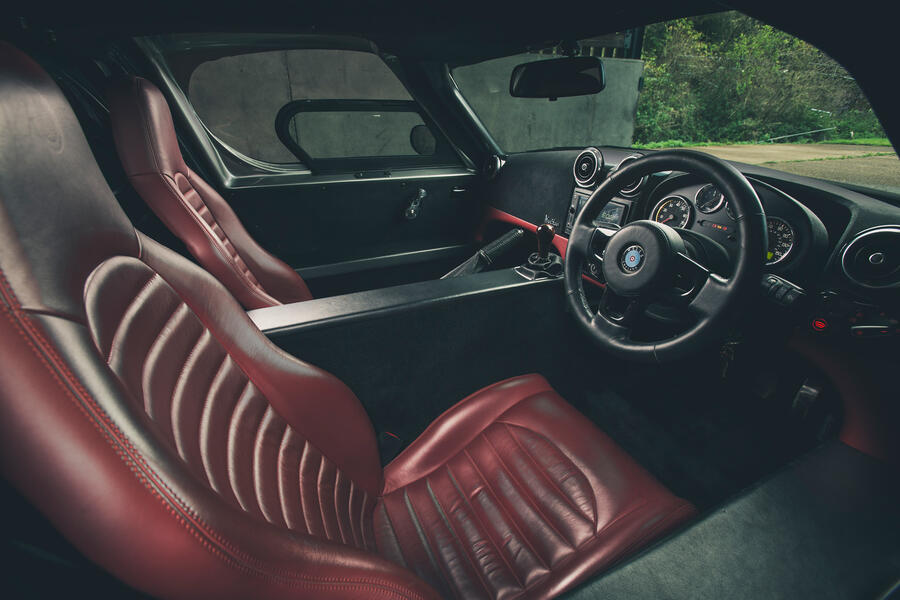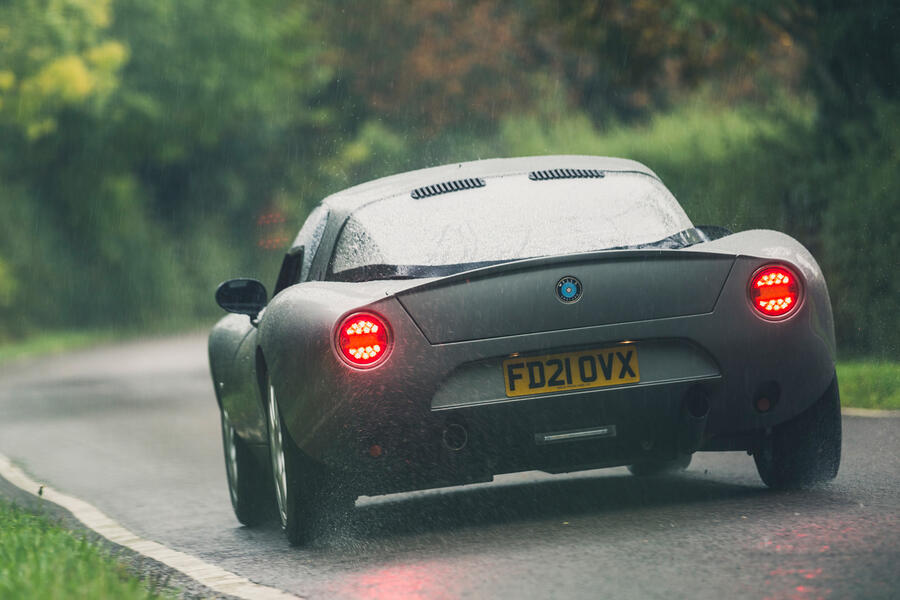As soon as you step into the Wells Vertige, sliding into its snug driver’s seat and pulling its overhead dihedral door closed with a thump, you know you’re in a car that’s both special and different.
It’s the door itself that provides the first sign: you can literally feel the depth of the engineering, despite the fact that the two automotive zealots who have spent the past five-and-a-half years creating this car, an engineer and an entrepreneur, have already warned you that the sealing of the doors in this third-generation prototype hasn’t yet reached their exacting standards.
Until this moment, you’ve had to take everything the pair have told you on trust. Since 2016, they’ve been working in a secluded engineering works near Southam, designing and building a car that owes nothing to any other, except that it uses a mid-mounted 2.0-litre Ford engine and gearbox, plus some well-chosen bits of running gear from other sources. But the idea, the name, the package, the shape, the chassis, the suspension and the execution are all their own.
In a previous meeting, they’ve already told you that their aim is to sell 25 Vertiges a year at prices around £60,000 a copy. Experience of past projects like this tells you that a couple of new people making an ultra-low-volume car in relative isolation usually turns into a tale of inadequate development, flimsy construction, uncertain delivery and crazy pricing. But this is different. The car has already shocked you with the excellence of its styling. It looks beautiful from every angle, an impression supported by the many hundreds who saw it up close during a static launch at the Goodwood Festival of Speed a few months ago.
















































